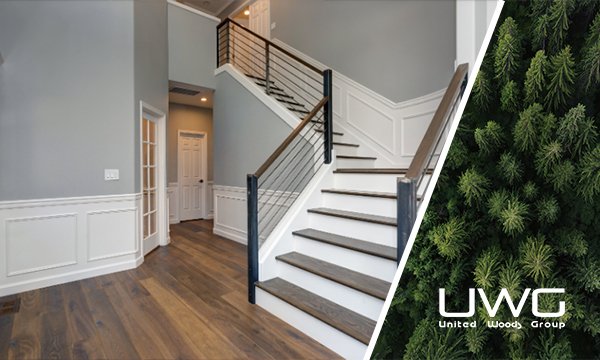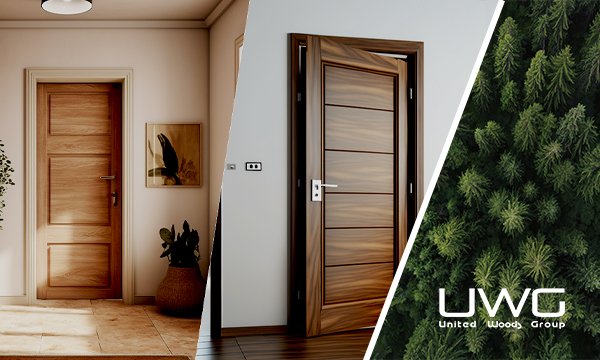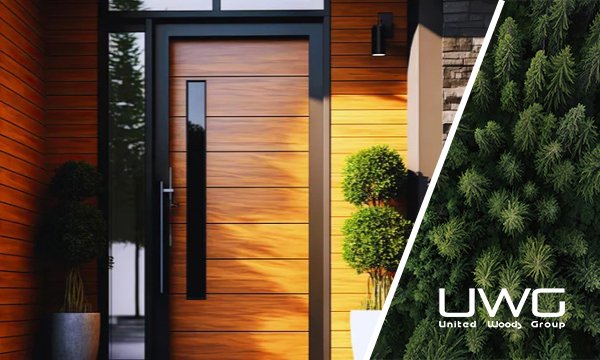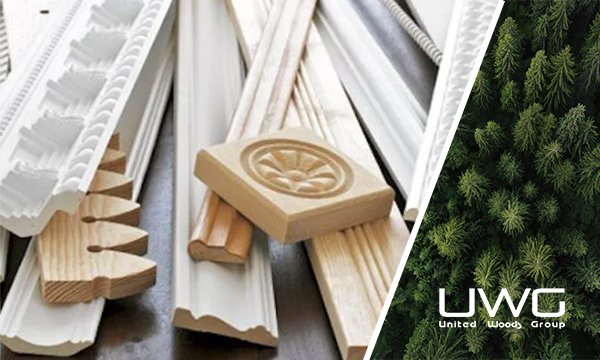Picture this: you’re flipping through a glossy home design magazine, admiring those ritzy interiors when your eyes lock on something truly exquisite—crown molding. That polished, elegant trim that seems to effortlessly elevate any room it graces. Now, inspired and full of zest, you decide to bring a bit of that elegance into your own home. But as you start getting quotes and exploring options, you’re hit with sticker shock. Why on earth does a bit of decorative wood trim cost as much as a weekend getaway? For wholesalers, unlocking the secrets behind its cost can provide valuable insights for making informed purchasing decisions. Let’s take a journey through the factory floor to discover what makes crown molding so expensive.
Crown molding is expensive due to the materials used, the production process, craftsmanship, and the finishing and customization options.
High-Quality Materials
Wood Types
Crown molding is often made from premium woods such as oak, maple, and mahogany. These woods are chosen for their durability, aesthetic appeal, and ability to hold intricate details. The cost of these high-quality woods is significantly higher than more common materials.
Alternatives
While alternatives like MDF (Medium-Density Fiberboard) and polyurethane exist, they still require careful selection to ensure quality. MDF is less expensive but needs to be properly sealed and finished, adding to the cost. Polyurethane is lightweight and easy to install but can be costly due to its manufacturing process.
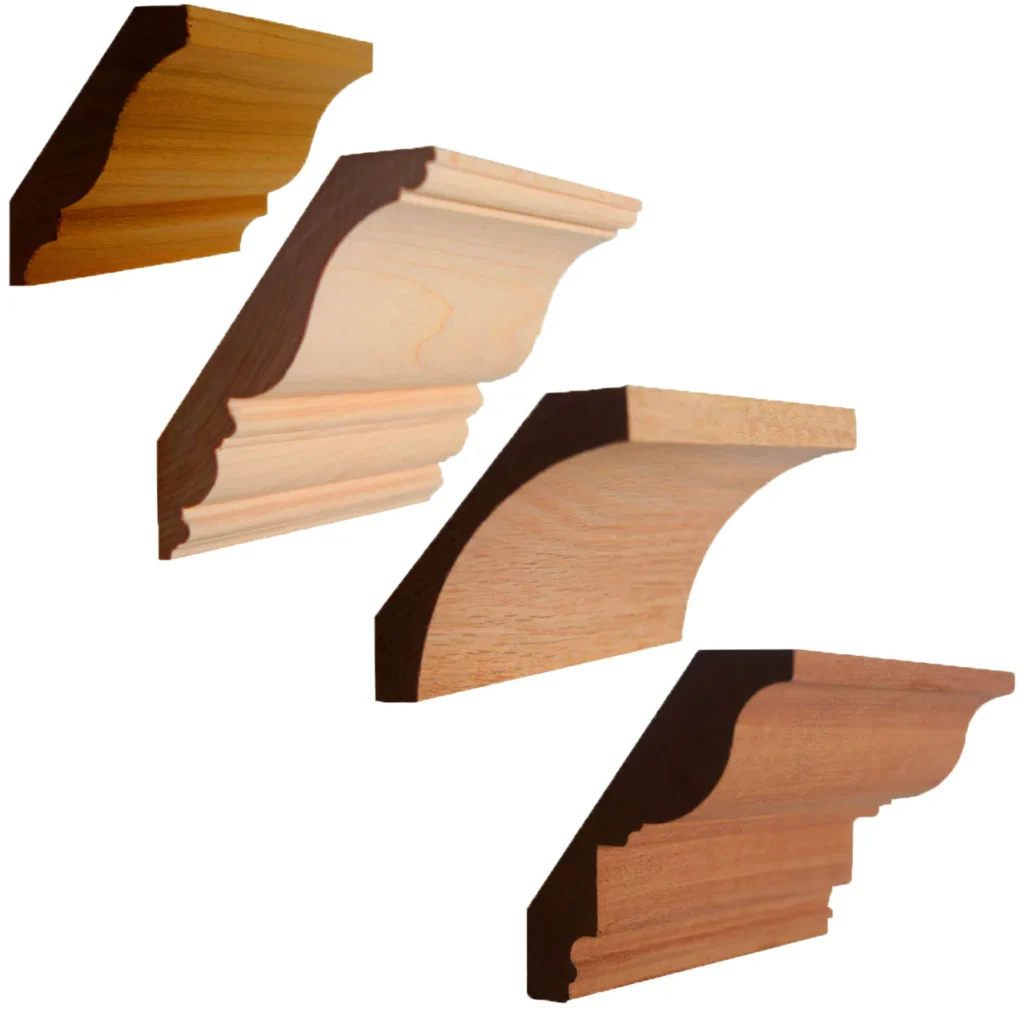
Intricate Production Process
Precision Cutting
The production of crown molding involves precision cutting to achieve the desired profiles. This requires advanced machinery and tools, which are expensive to purchase and maintain.
Detailed Profiles
Crown molding often features complex designs and patterns, requiring multiple passes through cutting and shaping machines. Each pass must be precise to ensure a perfect fit and finish.
Waste Management
High-quality materials and intricate designs lead to significant waste. Managing this waste effectively while maintaining quality standards contributes to the overall cost.
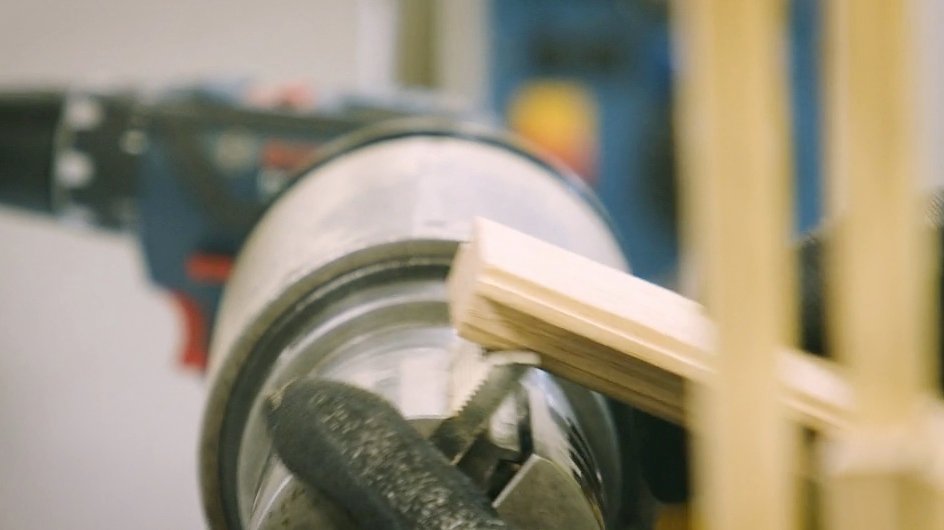
Skilled Craftsmanship
Experienced Workers
Creating high-quality crown molding requires skilled craftsmen who are experienced in handling the materials and machinery. These workers command higher wages due to their expertise.
Hand Finishing
In many cases, final touches and detailed finishes are applied by hand. This labor-intensive process ensures each piece of crown molding meets strict quality standards but adds to the production cost.
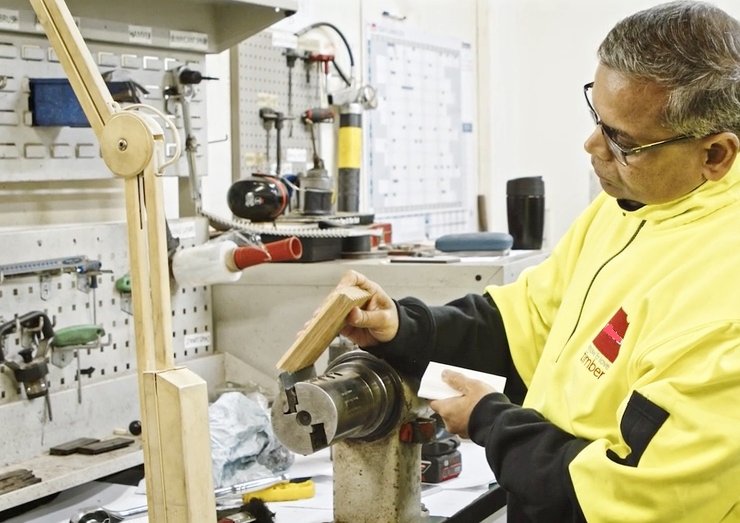
Finishing and Customization
Priming and Painting
Crown molding is often primed and painted or stained to enhance its appearance and durability. This involves additional materials and labor, increasing the overall cost.
Customization Options
Custom profiles and finishes tailored to specific customer requirements involve additional design work and production adjustments, further driving up the cost.
Quality Control
Each piece of crown molding undergoes thorough quality checks to ensure it meets aesthetic and functional standards. This meticulous inspection process requires time and skilled labor.

Additional Overheads
Machinery Maintenance
Maintaining the specialized machinery used in the production of crown molding is costly. Regular maintenance and occasional upgrades are necessary to ensure precision and efficiency.
Energy Costs
The production process is energy-intensive, with machinery and climate control systems running continuously. This leads to high energy bills, which are factored into the product cost.

Market Demand and Supply Chain Factors
Demand Fluctuations
The demand for crown molding can vary based on trends in home decor and construction. High demand can lead to increased prices due to supply constraints.
Supply Chain Issues
Any disruptions in the supply chain, such as material shortages or delays, can increase production costs. Factories may need to source alternative materials or expedite shipping, both of which add to the overall expense.

Summary:
Crown molding is a premium product that commands a higher price due to the quality of materials used, the complexity of the production process, the need for skilled labor, and the additional costs associated with finishing, customization, and logistics. For wholesalers, understanding these factors is essential in appreciating the value and pricing of crown molding, enabling better purchasing decisions and effective customer communication.



